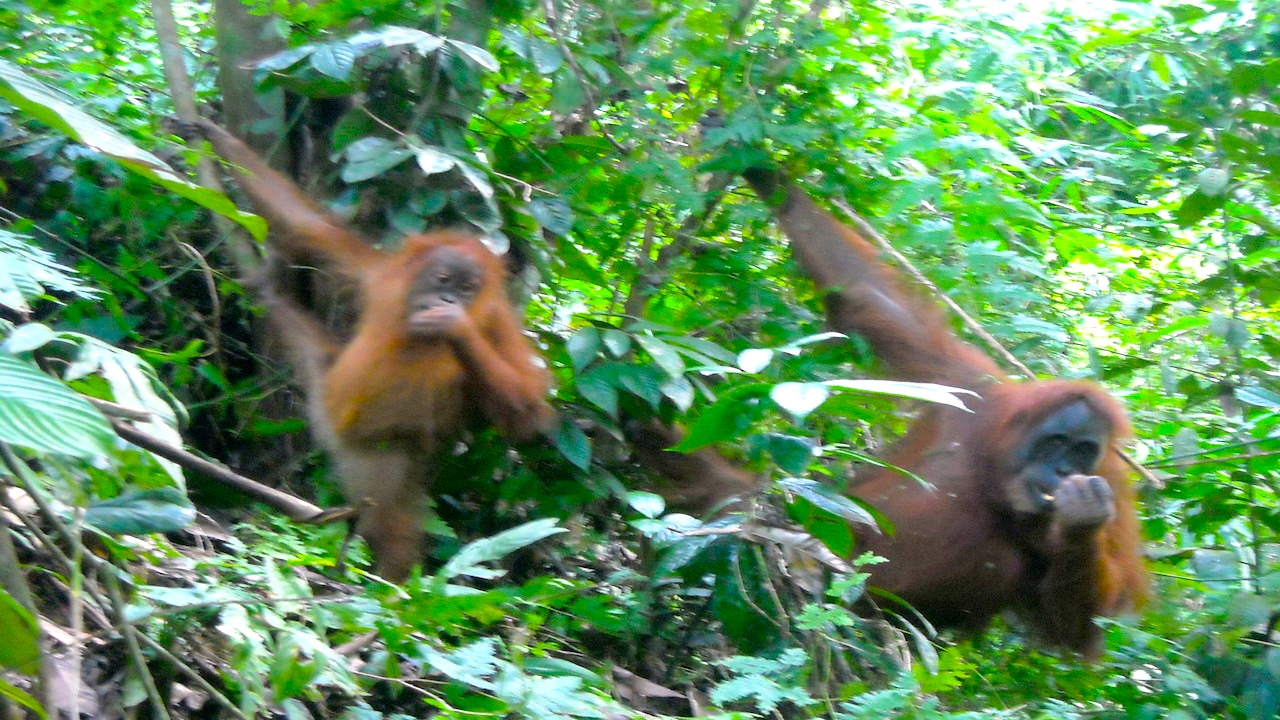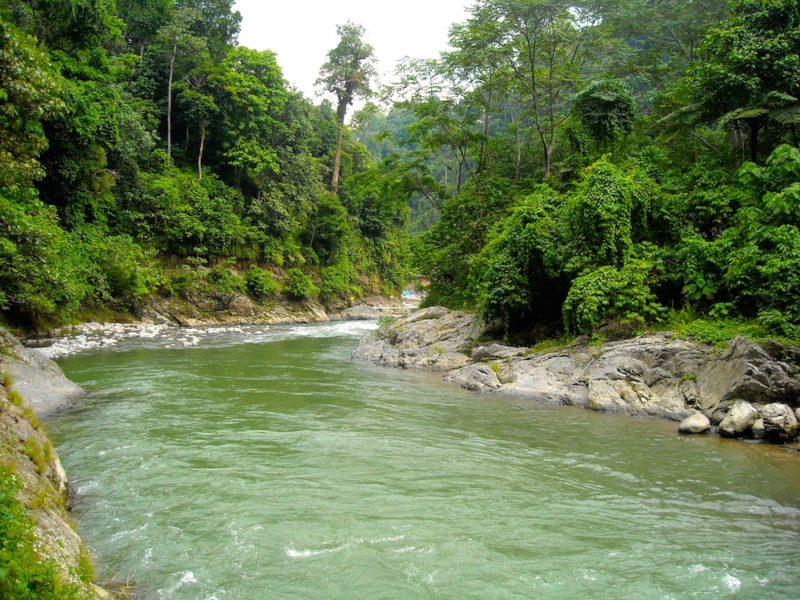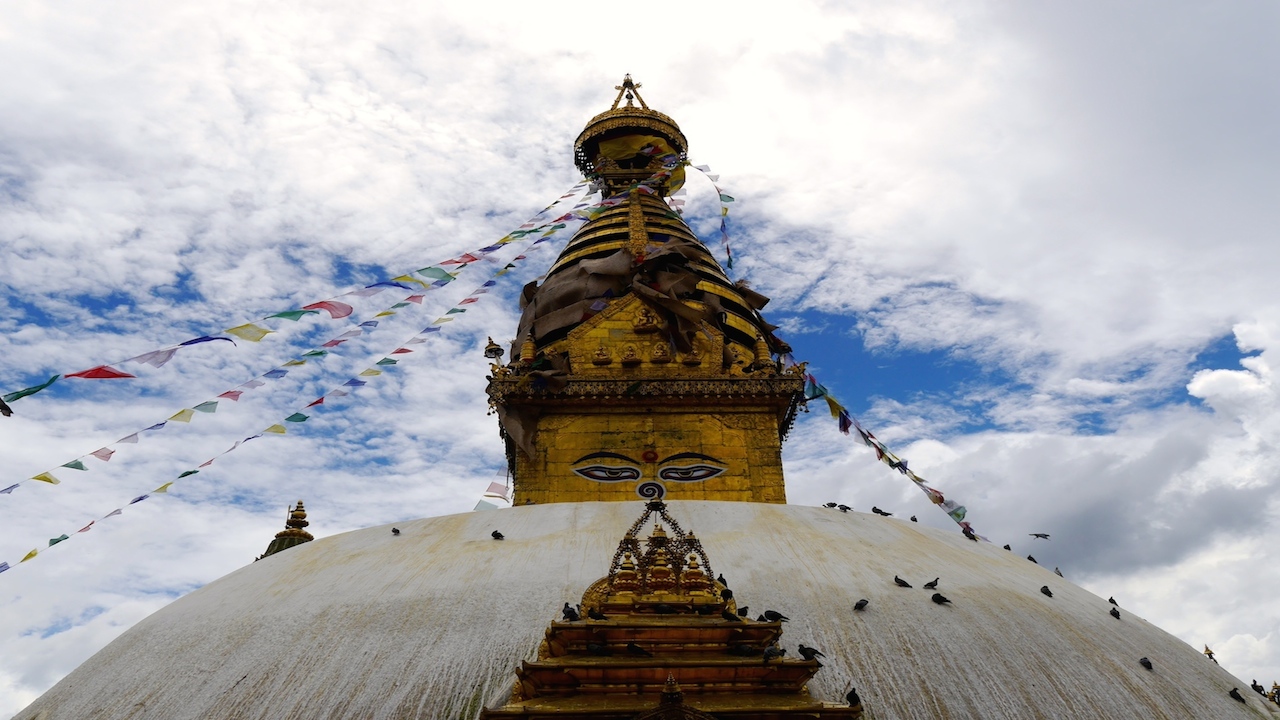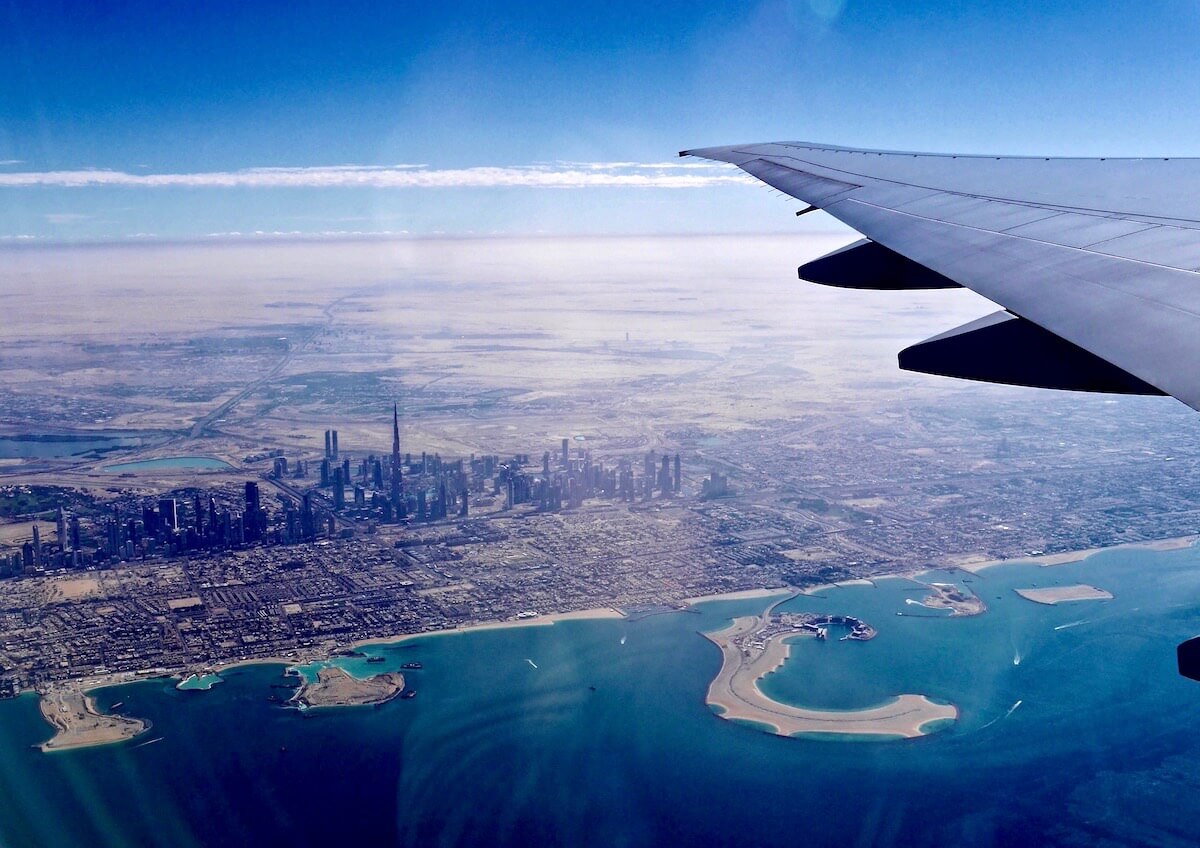Do you know that there are only two places on the earth where you can observe orangutans?
These apes are native to Borneo (both Malaysian and Indonesian side) and Sumatra in Indonesia.
We visited Bohorok Orangutan centre in Gunung Leuser National Park in Sumatra.
What is Bohorok Orangutan centre?
It’s a centre in Bukit Lawang, Sumatra that was established in 1973 by two Swiss zoologists, and in 1986 was taken over by the Indonesian government.
The main purpose of the centre was to take care of and teach basic survival skills to orangutans who had been kept as caged pets or displaced due to forest clearing. The staff of the centre taught them how to find food in the wild, build nests, climb trees and other essentials for survival in a jungle after release.
Beautiful Bohorok river in Bukit Lawang
Since 1996 this centre has no longer operated as a rehabilitation centre for orangutans because there has been no funding provided and the forest has already been saturated with orangutans.
More than 200 orangutans have been released into the forests.
Today, about 16 orangutans live in the area; none of them stays in the centre permanently, however, some of them return to the centre because of food if they don’t find enough in the jungle.
Twice a day (8.30-9.30am and 3-4pm) the centre allows visitors to come and watch the semi-wild orangutans that come to the feeding platform in a jungle. They come to the feeding platform on the days when they don’t find enough food in the jungle.
Bohorok Centre in Gunung Leuser National Park is one of the best places to see orangutans in Sumatra, Indonesia.
Spotting orangutans in Sumatra Indonesia
The day that we went to the feeding platform, a local guide accompanied us and told us a lot of interesting facts about orang-utans.
When we were walking up a small hill to the feeding platform, a female orangutan suddenly appeared about two metres from us, holding a baby and stretching her long arm for bananas that the guide was carrying – at that moment, we were completely astonished by the big relative!
We were able to observe these beautiful animals for the next hour. Only the female with the baby appeared, later a male joined for a while before all of them disappeared in the jungle. The hour went so fast!
It was an absolutely unforgettable experience seeing the magnificent creatures. The orangutans were very close and we could see all the details of their huge bodies. It was so funny when they were fighting and when the baby was playing and swinging in the trees.
Like the video of orang-utans in Sumatra you just watched? You can subscribe to our YouTube channel to receive a notification when we post a new video.
16 intriguing facts about orangutans
1) The only places on the planet where orangutans live in wild are Sumatra, Indonesia and Borneo, Malaysia and Indonesia.
2) 100 years ago there were about 315,000 orangutans in the wild. There are now less than 6,600 left in Sumatra, and less than 54,000 in Borneo.
3) Orang-utan means “a man of the forest” and comes from Malay/Bahasa language.
4) Orang-utans are highly intelligent relatives to humans. They share 96.4 % of the DNA with humans.
5) They have enormous arm span, a male can stretch his arms two meters. When they stand, their arms almost touch the ground.
6) Males usually measure 1,5 m and their weight is 120 kg, females orangutans measure 1 m and weight 45 kg.
7) They live for about 45 years.
8) Orangutans eat fruit called durian, flowers, leaves and insects insects.
9) They live 90 % of their lives in trees, hardly ever go to the ground (chimpanzees and gorillas spent more time on the ground).
10) Unlike the other great apes (chimpanzees, bonobos, gorillas), orangutans don’t like to live in groups. Female orangutans usually have 1 or 2 babies with them, but males are mostly alone.
11) Females give birth only once every eight years. Babies stay with females until they are 7 or 8 years old and learn to survive in the wild on their own, it’s longer than any other mammals.
12) Every day they build a new nest from branches, and use big leaves to protect themselves against rain. They’re nomads like us, every night they sleep in a different nest. 🙂
13) Their calls can be heard up to 2 km away.
14) Orangutans are losing their homes as tropical rainforests are being cut down for wood and the land is cleared so that palm trees can be grown for palm oil.
15) Baby orangutans are also taken from their mothers to be sold as pets.
16) Orangutans are in big danger of extinction.
How to get to Bukit Lawang & obtain a permit
to see the orangutans
A village of Bukit Lawang is situated at the entrance of Gunung Leuser National Park, in the north of Sumatra, 70 km from the largest city of Sumatra, Medan.
We took a local bus from Medan (3 – 4 hours) to get to a village Bukit Lawang, situated on the bank of Bohorok river in Gunung Leuser National Park, and stayed in a nice cottage just by the river and the jungle. There are a lot of guest houses on both sides of the river. You can check out prices and details here.
Next morning we arranged the permit at the Visitors Centre which was located in the village.
The permit costs 20,000Rp plus 50,000Rp for taking photos and 150,000Rp for taking a video. There is no refund in case the orangutans don’t turn up.
To get to the feeding platform in time, it’s good to leave the village at least an hour before the feeding time, not to miss the orangutans. It takes about 20 minutes to get to the river crossing, where you will be taken to the other side of the river on a raft.
Did you like this post? Would you like to receive updates of new posts? You can follow us by clicking ‘Like’ on our Facebook page.
Would you like to receive notifications of new posts and travel tips on your e-mail?
You can subscribe to our Newsletter here:
Have you seen orangutans in Sumatra or Borneo?
What’s your experience?
What’s the most astonishing mammal you’ve ever seen?
Did you like this post? Would you like to stay up to date with our new adventures?
Just ‘Like’ our Facebook Page – and we will keep you informed!





